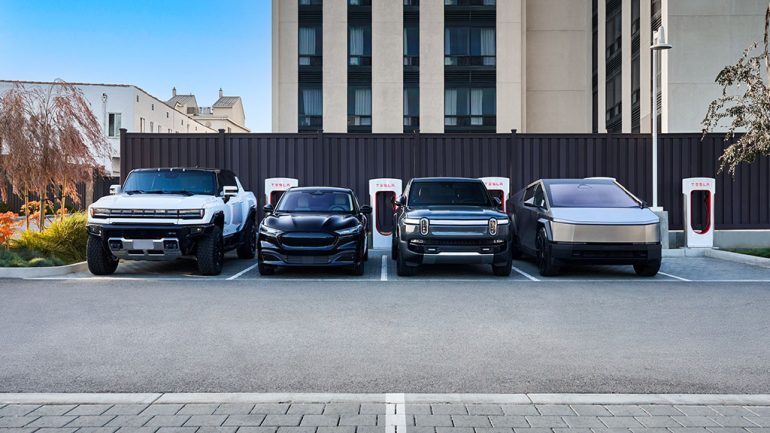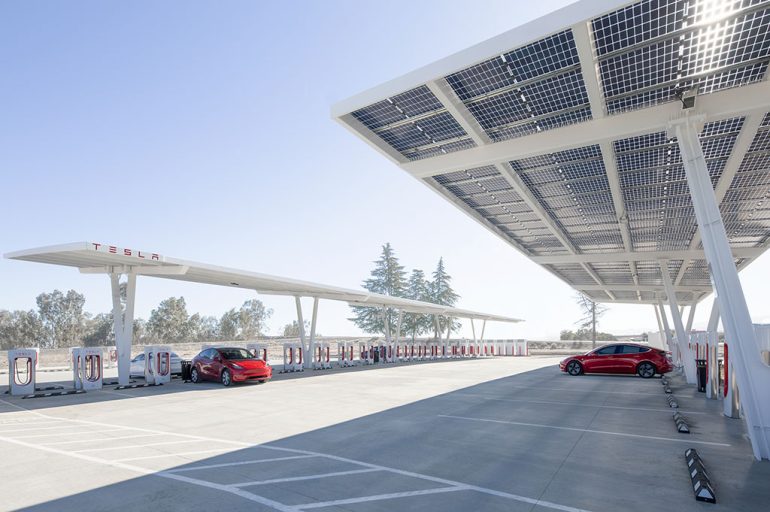Will EVs Ever Outsell Gasoline Vehicles within the U.S.? Why We’re Not Like China : Automotive Addicts

In China, the electrical car (EV) revolution is occurring at breakneck pace. In 2024, EV gross sales on this planet’s largest auto market grew by greater than 40%, whereas gasoline-powered car gross sales plummeted. It’s a transparent sign that China is quickly transitioning away from conventional inner combustion engine (ICE) autos. The numbers are staggering: EVs accounted for almost half of all passenger automobile gross sales in China, a pattern that’s inflicting a worldwide ripple impact as automakers scramble to catch up.
However what about the USA? Whereas EV adoption is undoubtedly rising in America, the gross sales figures inform a really totally different story. In contrast to China, the place authorities insurance policies, infrastructure, and client sentiment are driving an EV-dominated future, the U.S. auto market has distinctive challenges that make an analogous trajectory unlikely within the close to time period – or maybe even in our lifetime.
China vs. the U.S. – The Numbers Paint a Stark Distinction
In 2024, China offered 31.4 million autos, with EVs making up a good portion of these gross sales. In the meantime, gasoline-powered car gross sales in China fell by 17%, a shift that displays not simply client choice but additionally the federal government’s aggressive push for brand new power autos (NEVs), which embody battery EVs, plug-in hybrids, and fuel-cell vehicles. Subsidies, incentives, and an expansive charging infrastructure have propelled China’s EV trade to world dominance.
In the USA, nonetheless, the story is totally different. In accordance with latest information from the Nationwide Car Sellers Affiliation (NADA), EVs accounted for simply 7.6% of recent car gross sales within the first half of 2024, a modest improve from 5.6% in 2023. Gasoline-powered autos nonetheless dominate the U.S. market, with ICE vehicles making up greater than 85% of whole gross sales.
Why the disparity? It boils down to a few key elements: coverage, infrastructure, and client habits.

The Coverage Hole
China’s fast EV adoption is basically pushed by authorities intervention. Beneficiant subsidies for EV patrons, strict emissions rules, and quotas for automakers have all mixed to create an surroundings the place EVs usually are not simply an possibility however, for a lot of, the default selection. Moreover, China’s main cities have insurance policies that prohibit using gasoline vehicles, comparable to license plate lotteries that favor EVs.
In distinction, the U.S. has taken a extra piecemeal strategy. Whereas federal incentives just like the EV tax credit score have helped increase EV gross sales, they lack the size and consistency of China’s subsidies. Furthermore, there’s a political divide over EV adoption within the U.S., with some states, comparable to California, pushing for aggressive zero-emission objectives whereas others stay targeted on conventional power sources.
The latest Inflation Discount Act goals to bolster EV manufacturing and adoption within the U.S., however its impression has been restricted thus far. In contrast to China, the American market doesn’t have a unified, nationwide push for electrification.
Infrastructure is the Achilles’ Heel of U.S. EV Adoption
One other main hurdle for EV development within the U.S. is infrastructure. Whereas China has constructed an intensive community of charging stations to help its EV increase, the U.S. continues to be taking part in catch-up. Vary nervousness stays a big barrier for a lot of American customers, significantly in rural areas the place charging stations are few and much between.
In 2024, the U.S. had simply over 140,000 public charging stations, in comparison with greater than 5.2 million in China. Even with initiatives to broaden the charging community, comparable to Tesla opening up its Supercharger community to non-Tesla EVs, it should take years for the U.S. to match China’s infrastructure capabilities.

Client Habits – Greater Vehicles, Greater Challenges
American automobile patrons even have totally different preferences in comparison with their Chinese language counterparts. SUVs and vehicles dominate the U.S. market, and whereas EV choices in these segments are rising, they nonetheless account for a small fraction of whole gross sales. For instance, the Ford F-150 Lightning, Rivian R1T, and different electrical vehicles are making waves, however conventional gas-powered vehicles just like the Ford F-150 and Chevrolet Silverado proceed to outsell them by a large margin.
Moreover, EVs stay dearer upfront than their gasoline counterparts, regardless of decrease long-term working prices. For a lot of American customers, significantly in lower-income brackets, the upper sticker worth of EVs is a dealbreaker.
Might the U.S. Comply with China’s Path?
The large query is whether or not the U.S. will ever see a time when EV gross sales overtake gas-powered car gross sales, as is occurring in China. The reply is sophisticated.
On one hand, automakers are investing closely in electrification. Normal Motors, Ford, and Stellantis have all introduced plans to go totally electrical within the coming a long time. In the meantime, Tesla continues to dominate the EV market within the U.S., and newcomers like Rivian and Lucid are difficult the established order.
However, systemic obstacles stay. The U.S. is geographically huge, with driving habits and infrastructure wants that differ tremendously from these in China or Europe. Highways stretch for miles by way of rural areas, the place charging stations are scarce, and lots of Individuals drive longer distances every day. Till these challenges are addressed, it’s exhausting to think about EVs overtaking gas-powered autos anytime quickly.

Will We See an EV-Dominated Market in Our Lifetime?
Whereas EV gross sales will undoubtedly proceed to develop within the U.S., an entire flip to an EV-dominated market is unlikely within the subsequent few a long time. Gasoline-powered autos nonetheless have a stronghold, because of client habits, infrastructure limitations, and a scarcity of unified coverage.
Nonetheless, it’s price noting that change usually occurs sooner than we count on. Ten years in the past, few would have predicted that Tesla would turn out to be probably the most precious automaker on this planet or that conventional automakers would decide to going all-electric. If the U.S. can overcome its infrastructure and coverage challenges, we may see a tipping level – although it’s unlikely to occur on the size or timeline we’re seeing in China.
For now, the U.S. stays a nation of gasoline vehicles, however the winds of change are blowing. Whether or not these winds flip right into a full-blown EV revolution in our lifetime stays to be seen.
FOLLOW US TODAY:





